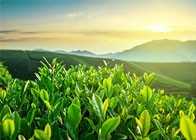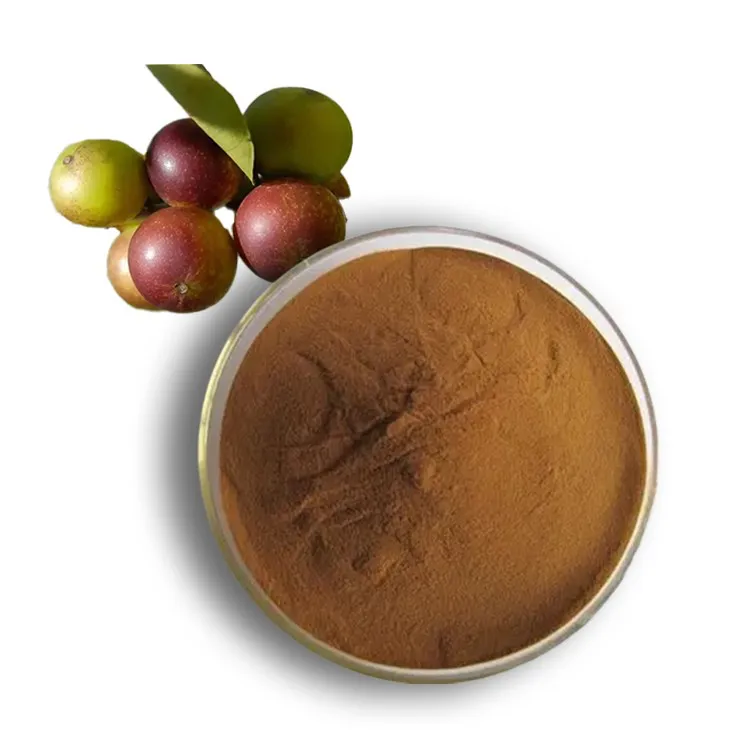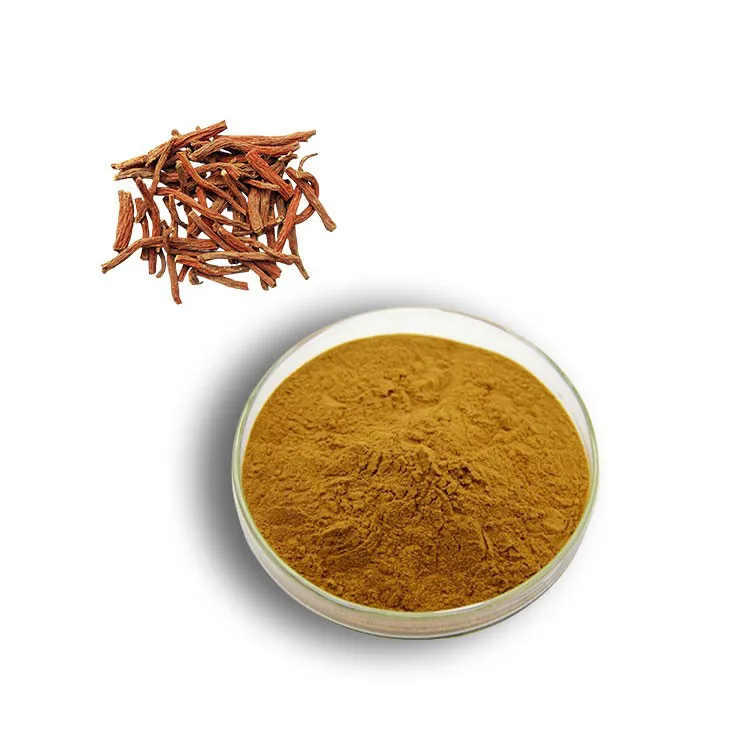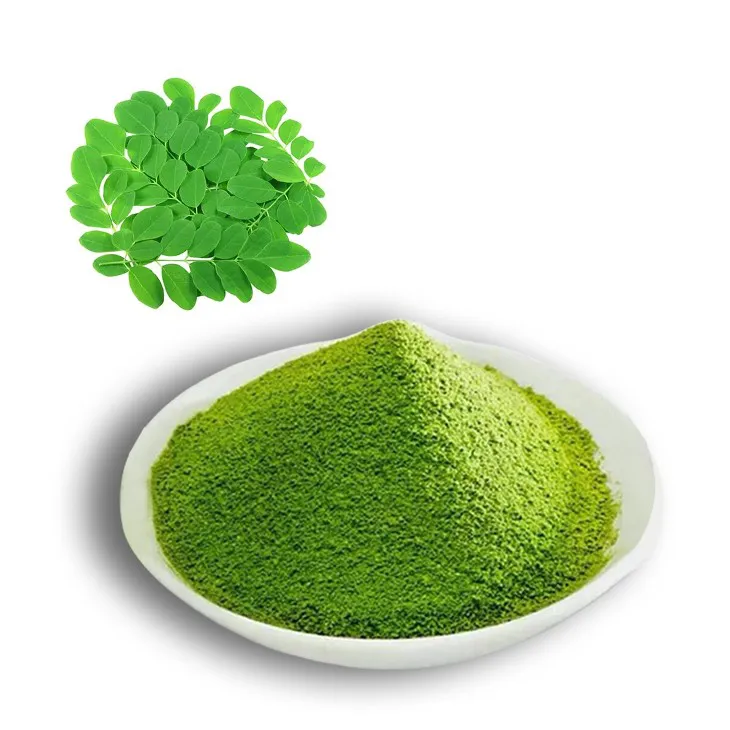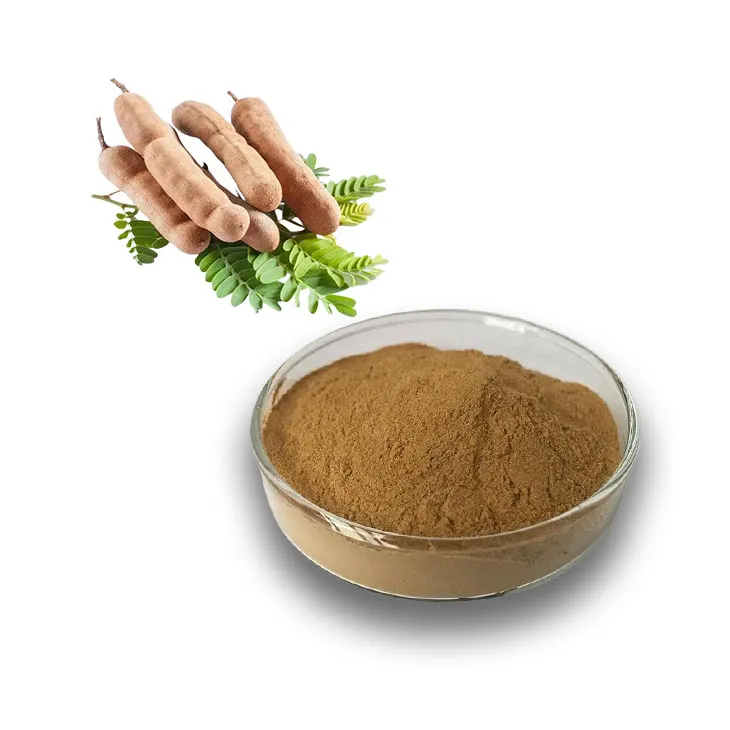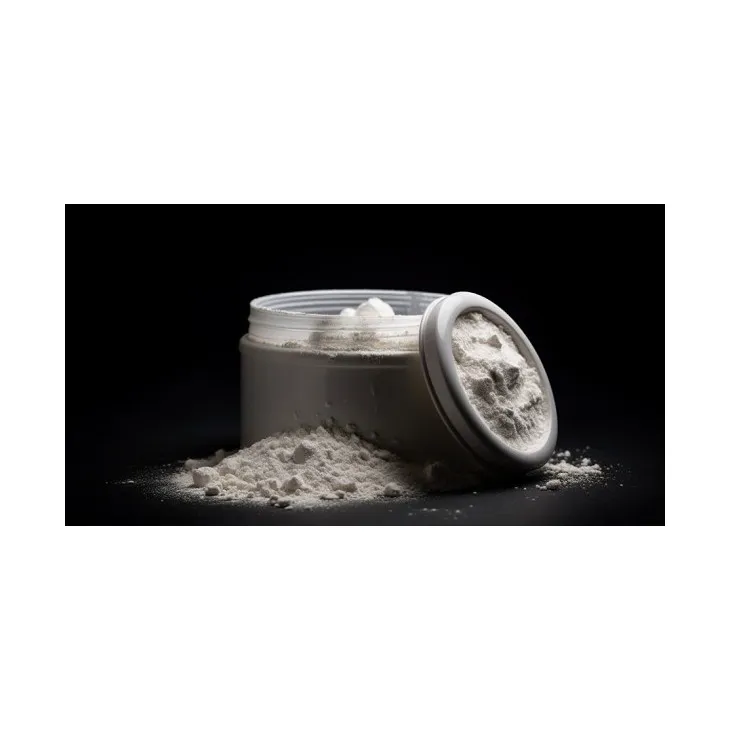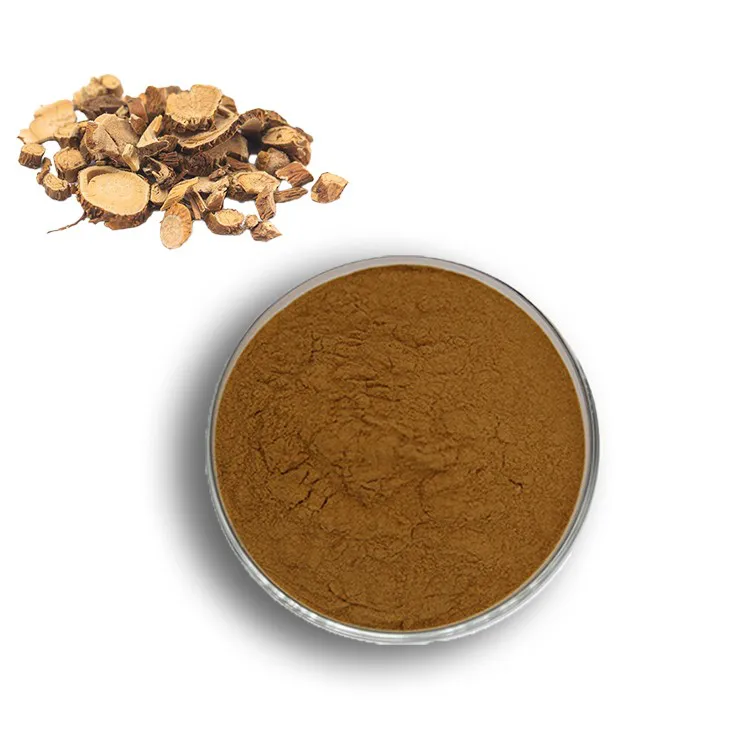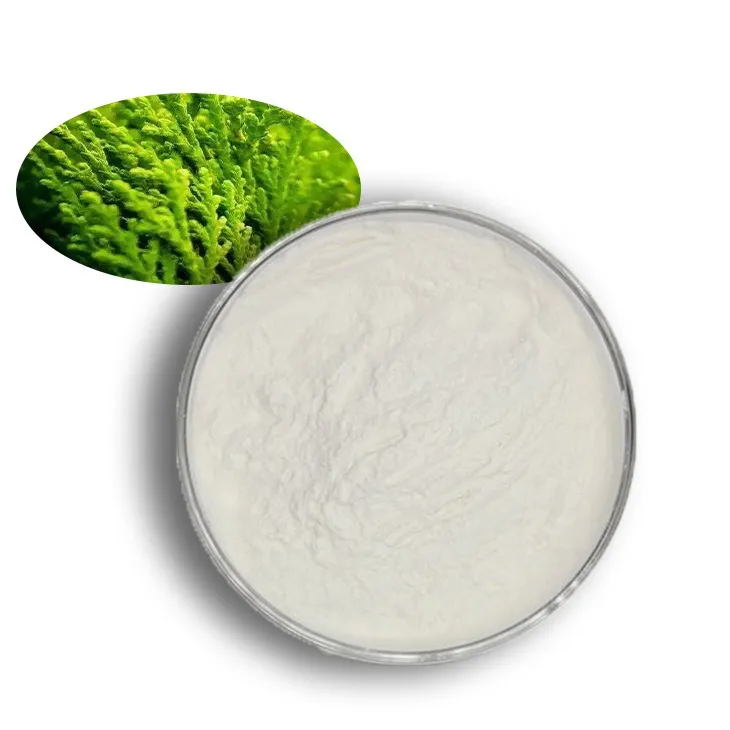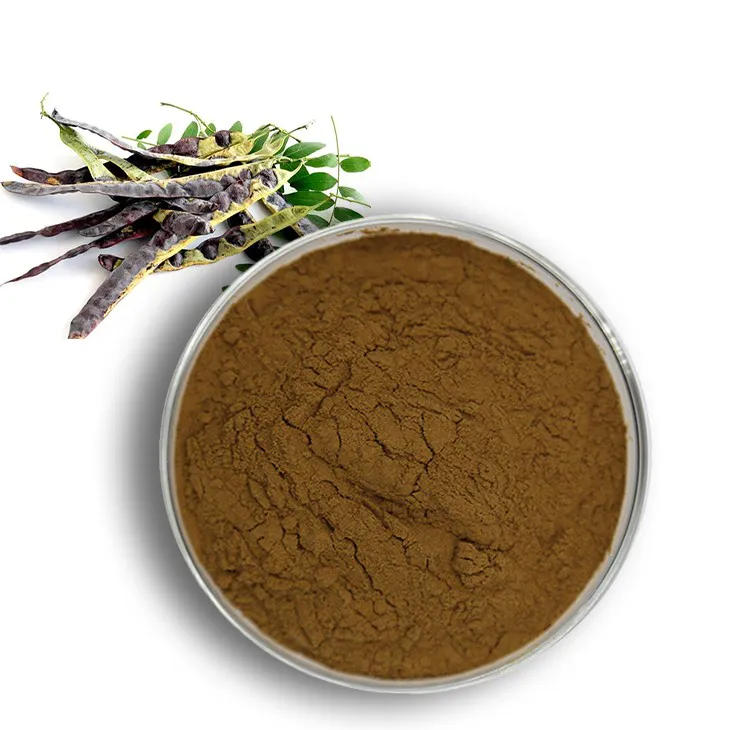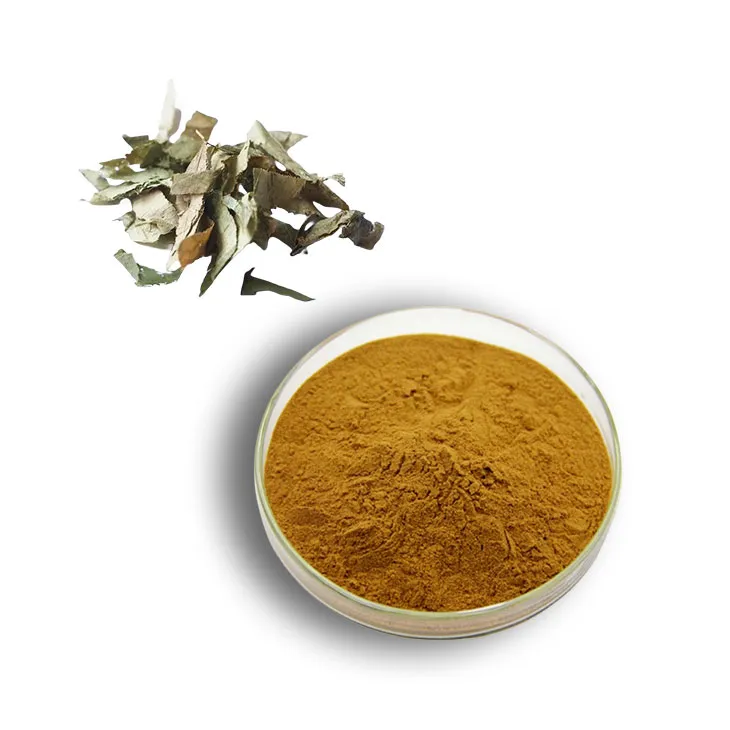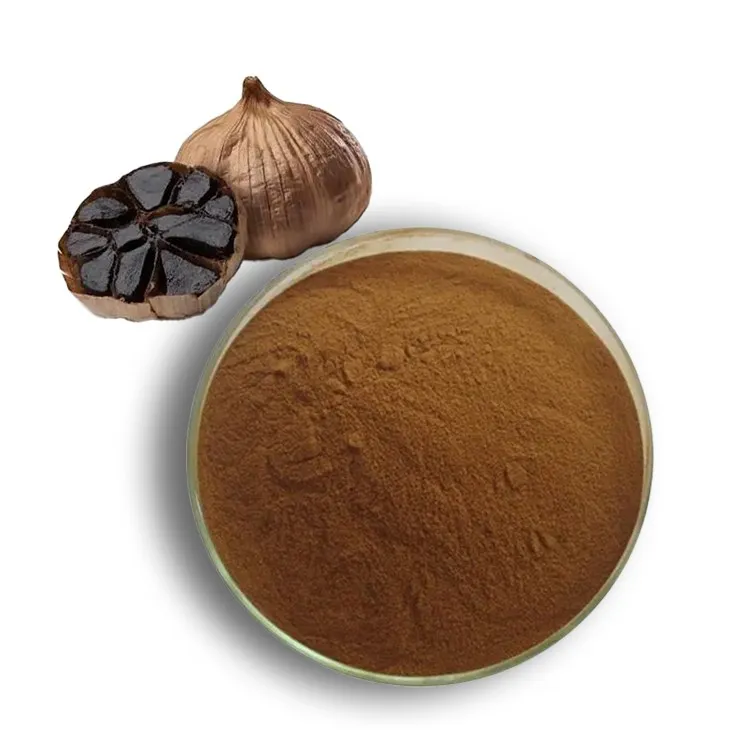- 0086-571-85302990
- sales@greenskybio.com
What is Whole Plant Extract? A Comprehensive Exploration
2025-09-24
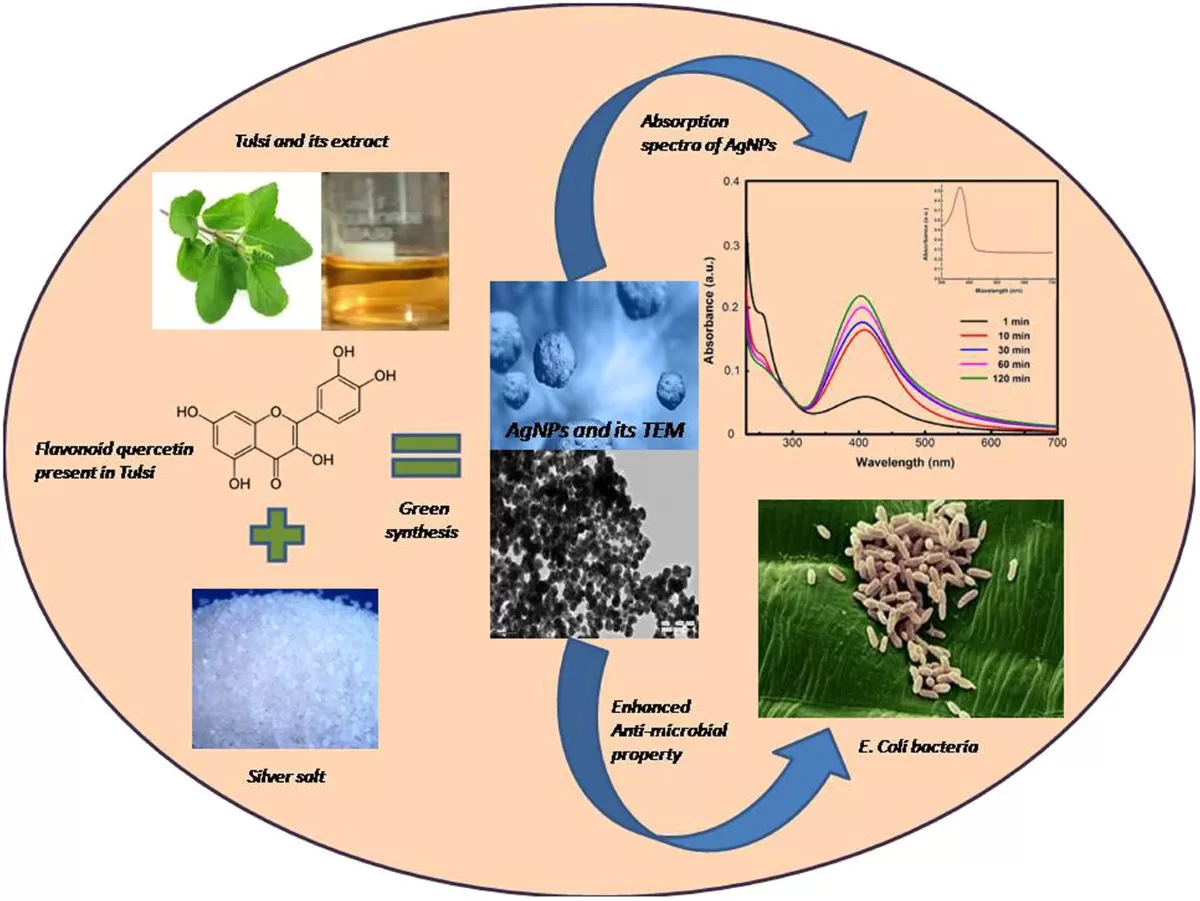
The natural health and wellness industry is undergoing a profound transformation, with a growing emphasis on holistic ingredients and the wisdom of traditional herbal medicine. Amidst this shift, the term “whole plant extract” has emerged as a premium marker in the formulation of supplements, cosmetics, nutraceuticals, and functional foods. Yet, confusion often surrounds what “whole plant extract” truly means, how it differs from isolated compounds, what its benefits are, and in what contexts it is best used. This article provides an in-depth, evidence-based exploration of whole plant extracts, offering clarity to both consumers and professionals seeking to optimize health, beauty, or therapeutic outcomes.
Defining Whole Plant Extract
Whole plant extract refers to a botanical preparation that preserves the full spectrum of phytochemicals—bioactive compounds—found in the original plant. Rather than isolating one or a few specific molecules, whole plant extraction processes aim to retain the natural synergistic balance among all components, including:
Alkaloids
Flavonoids
Terpenes
Phenolic acids
Polysaccharides
Tannins
Saponins
Minerals, vitamins, and essential oils
In practice, whole plant extract is distinguished from extracts that focus on single active ingredients (such as Curcumin from turmeric or resveratrol from grapes). It delivers the entire array of botanicals, potentially capturing interactions known as the “entourage effect,” where different compounds work together to enhance efficacy beyond what isolated components achieve alone.
The Extraction Process: Preserving the Plant’s Integrity
An essential feature of high-quality whole plant extracts is the extraction method. Techniques are chosen to maintain the natural complexity and bioavailability of the plant’s constituents. Common methods include:
Solvent Extraction: Using water, ethanol, or glycerin to gently solubilize a broad range of compounds without degrading sensitive ingredients.
Supercritical CO₂ Extraction: Employing carbon dioxide under specific temperature and pressure conditions to selectively extract oils and other compounds, often preserving full-spectrum profiles.
Cold Pressing: Useful for seeds and some leaves, maintaining delicate phytochemicals.
Decoction and Infusion: Traditional methods that use heat and water for longer periods to extract water-soluble actives.
Manufacturers strive to avoid excessive heat, harsh chemicals, or processes that strip out secondary metabolites, as these may destroy or diminish therapeutic synergy.
Whole Plant Extract vs. Isolated Compound: Key Differences
Complexity and Synergy
Whole plant extracts capture complexity; isolated compounds deliver simplicity. While scientific studies have shown dramatic effects from pure, isolated ingredients (such as pure EGCG from green tea), emerging research and traditional wisdom suggest that botanical compounds often work best in concert.
Therapeutic Versatility
Because of their multi-component makeup, whole plant extracts may affect several pathways in the body. For instance, an extract of Echinacea purpurea contains a mix of alkaloids, polysaccharides, and polyphenols that can support immune function, reduce inflammation, and increase antioxidant activity simultaneously.
Safety Profile
Plants often contain “buffering” molecules that modify absorption or reduce toxicity. Isolated compounds, taken out of context, may cause side effects at higher doses that whole plant extracts do not.
Examples of Whole Plant Extracts in Modern Use
Cannabis and Hemp (CBD Products)
Perhaps the most famous case, full-spectrum cannabis/hemp extracts contain CBD, minor cannabinoids, terpenes, and flavonoids, as opposed to pure CBD (isolate) products. Many consumers and practitioners believe full-spectrum extracts have enhanced effects for pain, sleep, and anxiety due to the entourage effect.
Turmeric (Curcuma longa)
Standardized Curcumin is the primary active studied, but whole turmeric extract includes Curcuminoids, essential oils, and other polyphenols promoting broad anti-inflammatory and digestive benefits.
Ginseng (Panax ginseng)
Whole ginseng extract brings together ginsenosides, polysaccharides, peptides, and volatile oils. This complex mix is responsible for adaptogenic, cognitive, and immune-supporting benefits recognized in both clinical and traditional settings.
Milk Thistle (Silybum marianum)
Whole plant extracts combine silymarins, betaine, fatty acids, and minerals, making them more effective for liver support than isolated silymarin alone.
Potential Health Benefits of Whole Plant Extracts
Enhanced Efficacy Through Synergy
Multiple components in whole plant extracts may be absorbed at different rates, interact with various cell receptors, or modify each other’s effects, producing results that isolated compounds may not achieve.
Targeting Multiple Biological Pathways
A full-spectrum extract may modulate inflammation, support detoxification, boost immunity, and balance stress hormones all at once, appealing to consumers desiring comprehensive effects.
Improved Safety and Lower Risk of Side Effects
Synergistic molecules can help regulate dose and metabolism, reducing the risk of adverse outcomes seen with high-dose isolates.
Support for Microbiome and Gut Health
The fiber, polysaccharides, and secondary metabolites present in whole plant extracts can nourish beneficial gut bacteria, promoting overall wellness and digestive health.
Applications Beyond Supplements
Whole plant extracts are not limited to dietary supplements. They appear in:
Cosmetics and Natural Skincare: Full-spectrum plant extracts provide antioxidants, anti-aging benefits, anti-inflammatory action, and support skin resilience.
Functional Foods and Beverages: Botanicals such as berries, mushrooms, and teas rely on whole plant extracts for flavor and health impact.
Traditional Herbal Remedies: Whole plant extracts are central in Ayurveda, Chinese medicine, and Western herbalism, serving as teas, tinctures, and compresses.
Quality Control and Standardization
Not all whole plant extracts are created equal. The quality, efficacy, and safety depend on:
Source and Harvesting: Organically grown, wild-harvested, and sustainably sourced plants tend to produce richer extracts.
Extraction Method: Gentle processes preserving a broad spectrum of compounds yield superior extracts.
Standardization: Though the focus is on full-spectrum, some manufacturers still standardize extracts to ensure consistency in key active ingredients.
Testing for Purity and Potency: Reputable companies test for heavy metals, pesticides, and adulterants.
Possible Drawbacks and Considerations
Variability: Since the composition of whole plants varies due to growing conditions, climate, and harvest timing, the final extract can differ in potency.
Lack of Specific Clinical Trials: Most research focuses on isolated active ingredients, leaving whole plant extracts supported largely by tradition and preliminary studies.
Allergic Reactions: Whole plant extracts contain more compounds; some individuals may react to minor constituents.
Choosing and Using Whole Plant Extracts
If you’re interested in using whole plant extracts, look for:
Transparency in sourcing and extraction methods
Organic certification or sustainable harvesting
Third-party testing results
Clear labeling differentiating whole plant, full-spectrum, or broad-spectrum extracts from isolated compounds
Consider your health goals: for general wellness, immune support, or multi-targeted benefits, whole plant extracts may be preferable; for specific, high-dose therapeutic needs, isolates could be recommended by health professionals.
Conclusion:
Whole plant extracts represent a return to the roots of herbal medicine and a leap forward in modern natural product science. By preserving the complexity and synergy of phytochemicals, they offer multi-faceted benefits that support holistic well-being, often with improved safety and efficacy. As consumers increasingly seek authentic, effective, and gentle health solutions, whole plant extracts will continue to gain prominence in supplements, skincare, and beyond.
Informed selection, premium quality standards, and an understanding of the science and tradition behind whole plant extracts empower individuals to make choices aligned with both personal health and ecological responsibility. In the vast and evolving landscape of botanical wellness, whole plant extracts reflect nature’s intricate balance and remind us that, sometimes, the whole is indeed greater than the sum of its parts.
Green Sky Bio provides the best extracts and supplements. It is a Chinese self-developed brand that is trustworthy! Welcome to email us to inquire about our products
TAGS:- ▶ Hesperidin
- ▶ Citrus Bioflavonoids
- ▶ Plant Extract
- ▶ lycopene
- ▶ Diosmin
- ▶ Grape seed extract
- ▶ Sea buckthorn Juice Powder
- ▶ Fruit Juice Powder
- ▶ Hops Extract
- ▶ Artichoke Extract
- ▶ Mushroom extract
- ▶ Astaxanthin
- ▶ Green Tea Extract
- ▶ Curcumin
- ▶ Horse Chestnut Extract
- ▶ Other Product
- ▶ Boswellia Serrata Extract
- ▶ Resveratrol
- ▶ Marigold Extract
- ▶ Grape Leaf Extract
- ▶ New Product
- ▶ Aminolevulinic acid
- ▶ Cranberry Extract
- ▶ Red Yeast Rice
- ▶ Red Wine Extract
-
Camu Camu Extract
2025-09-24
-
Dan Shen Root Extract/Salvia Root Extract
2025-09-24
-
Moringa powder
2025-09-24
-
Tamarind extract powder
2025-09-24
-
Aminolevulinic acid
2025-09-24
-
Sophora Flavescens Root Extract
2025-09-24
-
Carrageenan Extract Powder
2025-09-24
-
Saponin Extract
2025-09-24
-
Epimedium extract powder
2025-09-24
-
Black Garlic Extract
2025-09-24

